Feedback is rarely found on feedback forms. Chefs and restaurateurs spill the beans on tricks they use to see through polite niceties and up their taste game
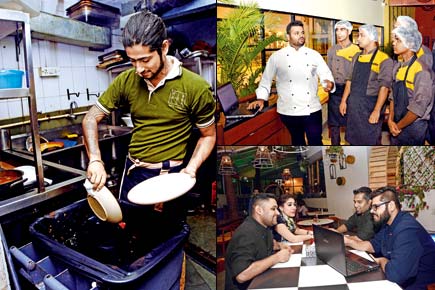
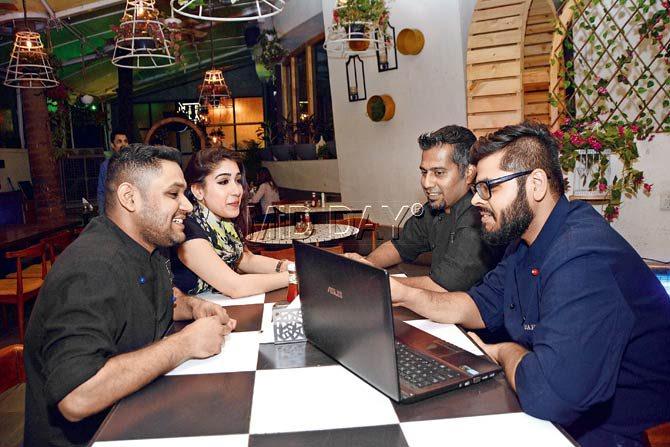
It's imperative for chefs to be clued into Twitter, Facebook and Instagram to track feedback. PIC/Satej Shinde
Feedback is a pillar of any service industry, especially hospitality. However, despite forms handed out to guests, and the stray chef coming out to ask, "How did you like your food?" restaurants are always up against the challenge of figuring what's working. From a customer's first facial reaction to a dish arriving at the table, to leftovers that make their way to waste bins, chefs have a checklist of indicators that tell them if they are on the right track.
ADVERTISEMENT
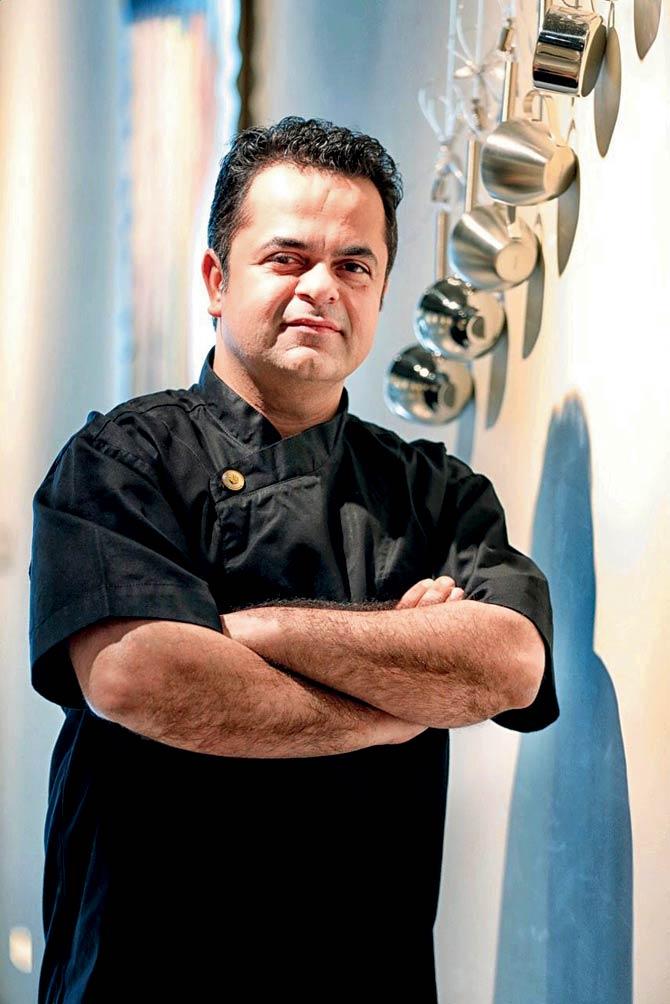 Chef and restaurateur Vicky Ratnani on gauging facial reactions
Chef and restaurateur Vicky Ratnani on gauging facial reactions
Playing private eye
Chef Vicky Ratnani admits to watching customers at his Khar restaurant, Korner House, carefully. "Like you have the fashion police, I'm the plate police at my restaurant," he laughs. He is usually by the music system, which serves as vantage point. The diner's expression when a plate arrives, and reaction to the first bite are key. "Whether it's a 'wow' or a polite 'umm okay', an experienced chef can read the signs," says Ratnani, who spent 14 years at cruise ship kitchens, including Queen Elizabeth 2.
Chef Ranveer Brar gets a bit more brazen, waiting by a table as the steward serves the meal. "No matter what a diner says, you know the truth from his face," he says. Since chefs can't hang around the dining area too long, a well-trained group of servers are taught to see through the "it was nice" remark. The next time you have a waiter politely interject to ask you if all is okay, you know why.
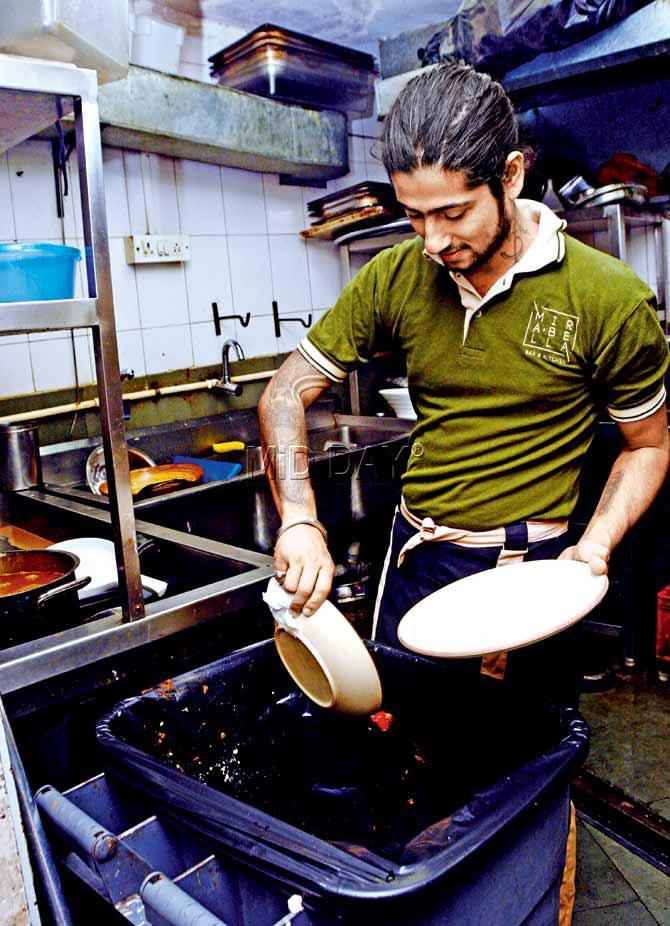 Leftovers are evidence of how good the food was. Pic/Satej Shinde
Leftovers are evidence of how good the food was. Pic/Satej Shinde
Garbage audit is a real thing
Don't underestimate the power of leftovers, is what chefs often say. But that's often in the context of whipping up an easy meal with yesterday's food. What they don't tell you is that leftovers are crucial evidence. "Checking clearance plates once they return to the kitchen is a practice I've followed since I started out," says Kunal Patkar, sous chef at Lower Parel's Farzi Cafe. "If a dish has five portions, for instance, and one piece returns uneaten, it tells me the guest may not have enjoyed it. A clear plate is your biggest compliment."
Saurabh Udinia, noveau Indian restaurant, Masala Library's founding chef, doesn't hesitate to play investigator, "Sometimes, I go out and inquire what the dish lacked. Personal interaction with guests goes a long way in encountering truth."
Leftovers can go beyond being indicators of taste alone. Recalling an experience from his days at Banq, a premium restaurant in Boston, Brar says, "There was a time when large amounts of rogan gosht was returning as leftovers. However, it was also an often-ordered item, which meant that taste was not the problem. Later, we discovered that portions were the issue. It was a filling preparation, and guests ended up wiping clean the potatoes, leaving the meat behind. We re-sized the portions, and it worked just fine."
That only 20 per cent customers are honest enough to offer feedback on a mediocre or disastrous preparation means that leftover audit is crucial. Chef Ajay Thakur of Mira Hospitality, says, "A chef needs to hone his instinct."
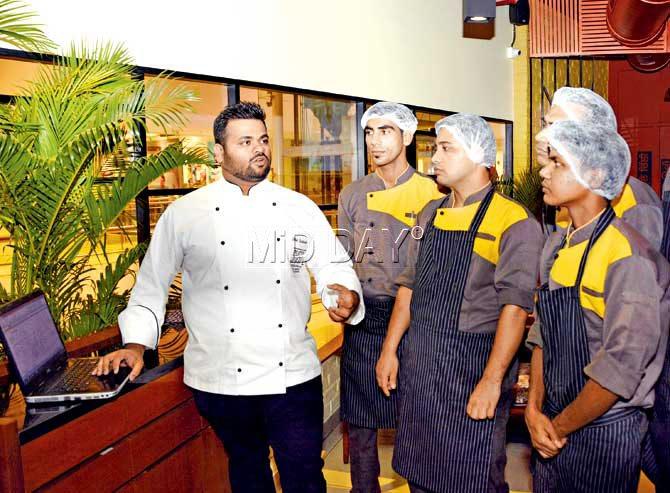
Siddharth Kotian used a software called Prism to keep a tab on the frequency with which the nalli rogan josh is ordered at Yellow Chillies. Pic/Sneha Kharabe
Virtual reality matters
How a dish journeys on social media, through hashtags and likes is indicator of its worth. It's imperative for chefs to be clued into Twitter, Facebook and Instagram to track customer feedback. Chef Sahil Luthria of the House of Mirabella, Andheri (West), sets aside an hour every day to scan the above, including Snapchat, and food aggregator sites like Zomato. "I go past the cosmetic food porn and seek out the comments. I've come across all sorts of feedback, right from 'I hated the food' to Oh, my God! I can't wait to go back and hog'," he says. Luthria, of course, also has a team solely dedicated to tracking social media.
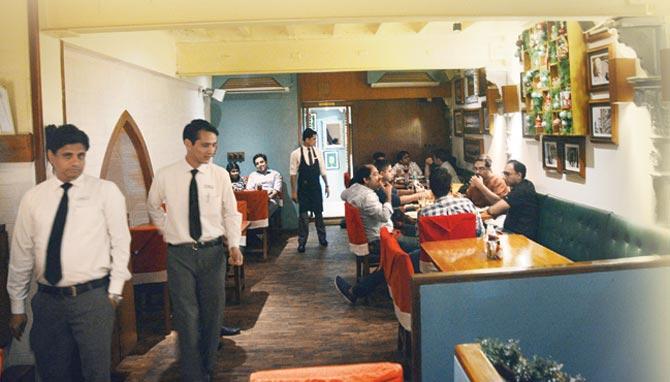 Chefs say most restaurants and bars have a well-trained group of stewards to keep an eye on guest satisfaction and see through the "it was nice" remarks. Represantation Pic
Chefs say most restaurants and bars have a well-trained group of stewards to keep an eye on guest satisfaction and see through the "it was nice" remarks. Represantation Pic
Undercover food cops
Instinctive methods may go a long way in telling the truth, however, at Brar's Kamala Mills restaurant, Tag GourmART kitchen, a well-oiled machinery called the Mystery Audit is in place. "We have appointed an agency to handle it. They send a person to the restaurant for an experience, without our knowledge. The guest comes, acts like any other customer, eats the food, experiences the place, service, music, etc., and returns to file a detailed 35-point report which the agency submits to us," Brar says. The agency picks out of towners to weed out regional bias. "They are new to the experience and come devoid of notions. It's a fool-proof way for us to know exactly where we stand, as far as our customers go."
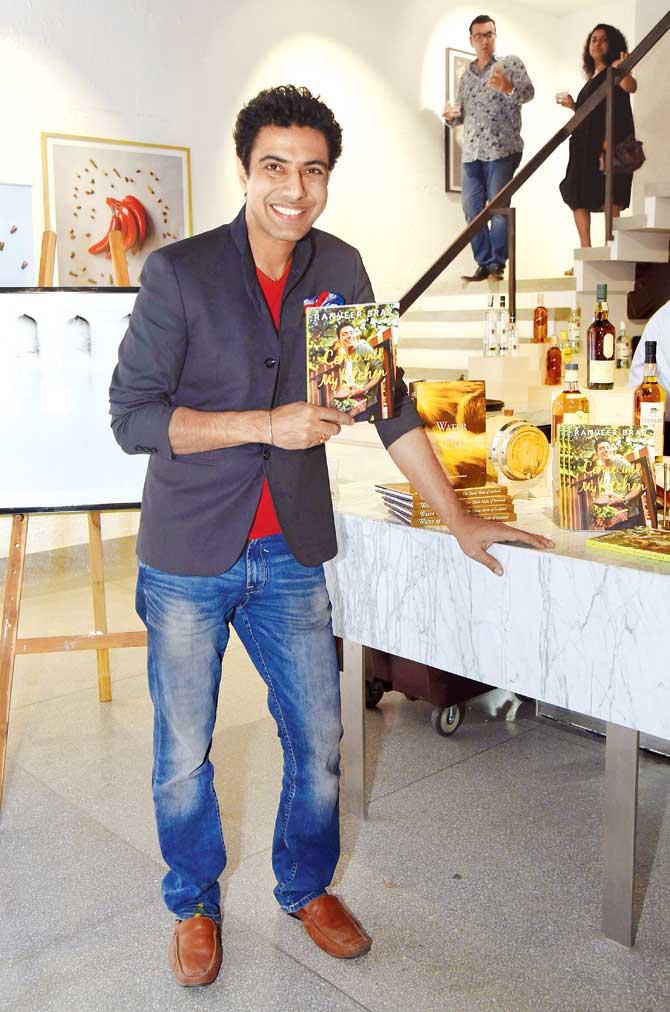
Chef Ranveer Brar recalls an episode at Banq, Boston, on the garbage audit
Problem solvers
Sometimes, the description of the dish on the menu could be a red flag in itself, Ratnani found out. "There was a fad of mentioning all ingredients that go into a dish on the menu. Now, we add a little bit about the technique used too, and that gets guests curious enough to try it." He speaks of a salad on the menu that was described as including baby spinach, with soy marinated egg, grilled eggplant and pickled ginger dressing. "It was a tasty dish, but rarely got ordered. I tweaked the description, added a bit about the technique and its popularity has seen a sudden spike," he adds.
Geography matters too. When chef Siddharth Kotian took charge of the Dadar outpost of Sanjeev Kapoor's The Yellow Chilli, he noticed that the bhuna gosht, their best selling item across other outlets, was moving less. "We serve it boneless, usually, but here we happened to overhear a couple of customers say how they miss the bone in it," he says. It was not possible to add bones to the gravy because of menu standardisation across branches. "So now, we recommend the nalli rogan josh, that's got a large piece of meat on bone," he says. Kotian used a software called Prism to keep a tab on the frequency with which the nalli rogan josh is ordered. "We also keep an eye on how often a customer visits us. By the third or fourth visit, it's validation that our food is working."
 Subscribe today by clicking the link and stay updated with the latest news!" Click here!
Subscribe today by clicking the link and stay updated with the latest news!" Click here!







